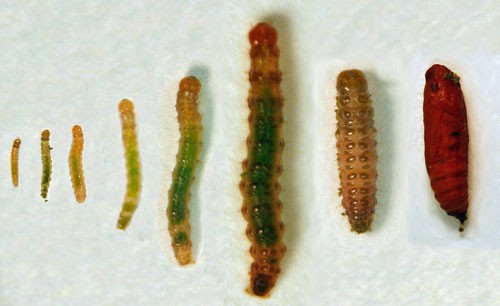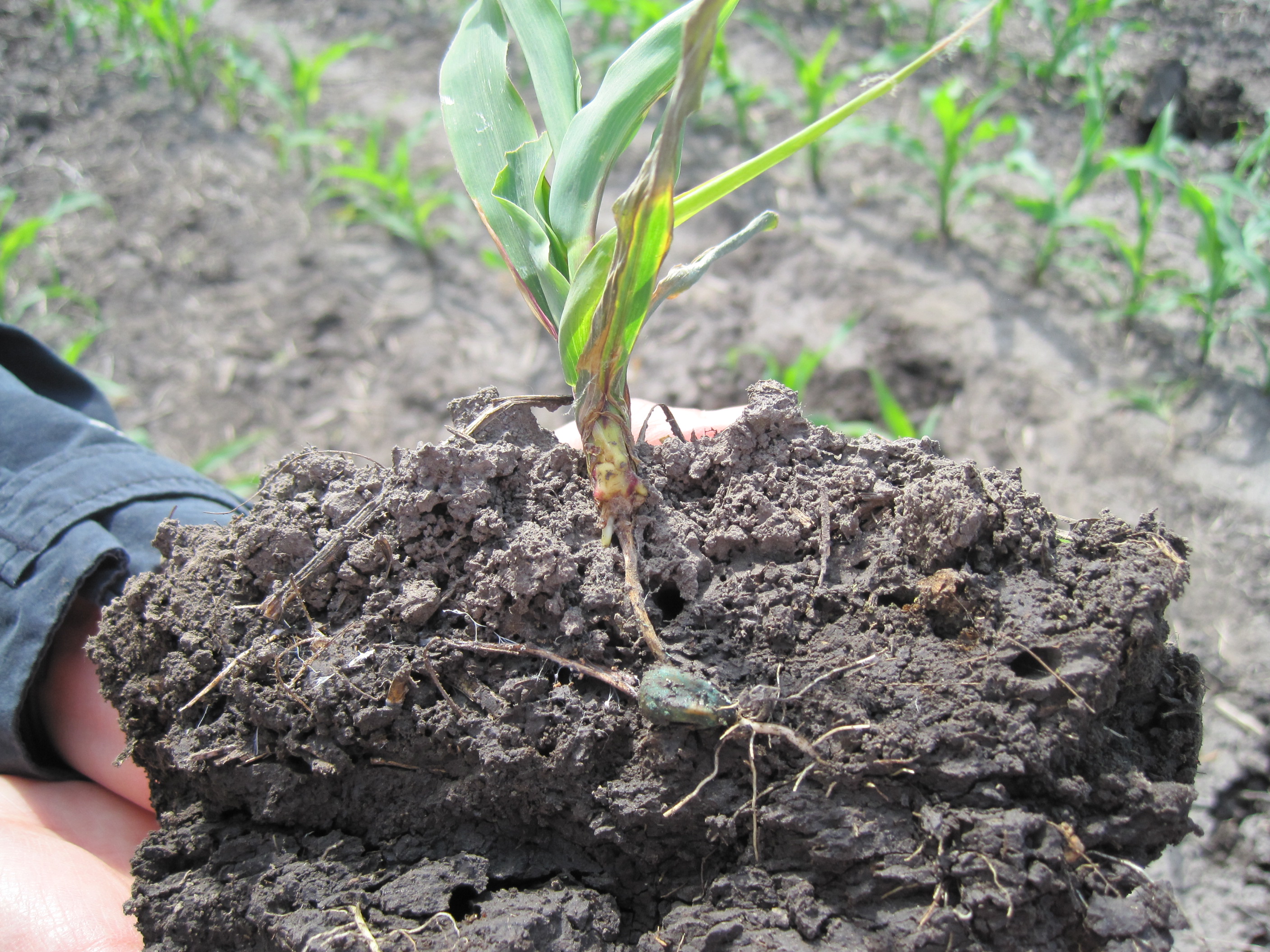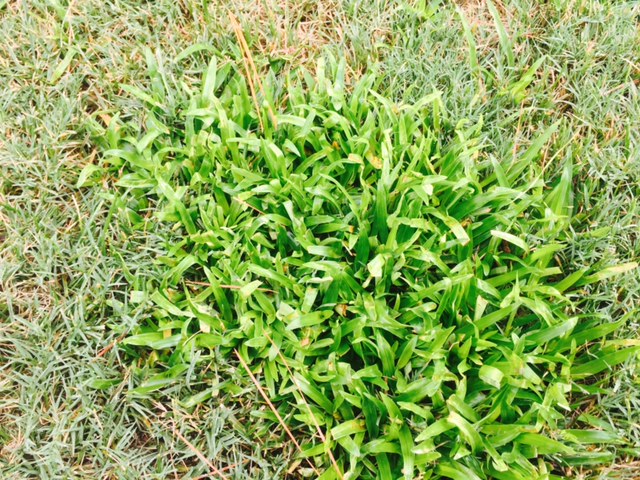I feel like a broken record, and if I have spoken to you at all in the last two months I have probably said this to you already, but it is a necessary emphasis:
Our ground has not been dry since July 2018
If you are wondering how bad that is for the grass, imagine how your feet might feel or look if you had been wearing wet shoes and socks for the last seven months… Not good.
Never before has watering (or NOT watering!) been so important, or so far from our control. With that in mind, below are my best recommendations for watering practices based on current conditions and weather predictions for 2019*:
Basic Watering Guidelines
I want to make this absolutely clear, lest there be any confusion: your sprinklers should be off indefinitely at time of publishing this post (2/10/19).
Once – or if!!! – we dry out, the following basic guidelines apply (please keep reading below for more detailed information):
- Daily High of 70-85 degrees once per week
- Daily High of 85-92 degrees every 4-5 days
- Daily high over 92 degrees every 3-4 days
Zones with pop-up heads run 15-20 min/zone
Rotary zone run approx. 30-45 mins/zone
In both cases, you want to get about 1″ of water onto the lawn. Split the cycle in two with an hour or two in between if you get run off.
Water during the day when we have cooler weather and in the very early morning during the hottest months – before sunrise is fine.
NOTE – if the grass looks drought stressed (wilting, loss of vibrancy or colour) within a day or two of a good rain or watering then let us know so we can check for potential problems. I don’t know your watering routines and schedules, so this is not something I can easily judge on any fertilization visit. As with all conditions and treatments, I need your feedback to deliver the best service possible.
Beyond the Basics
The information above is a good guideline in a ‘normal’ weather year. Of course, the weather has been anything but normal for at least three years, so I encourage everyone to do a little more than set their system to a regular cycle and walk away.
Unless needed for a treatment, water when soil becomes dry at a depth of 3-5″. If you are wondering how you would know when that is, try:
- Touching the soil.
- Studying the soil at a curb or edge where you can see dirt under the grass.
- If you suspect the soil is dry, dig down an inch or two in a bare spot or flowerbed to assess what’s going on under the surface.
- Buy a Soil Moisture Tester to take the guesswork out of it. Try to test a few different spots around the lawn.
- Buy a Smart Sprinkler Controller which links to local weather stations and soil conditions for your system.
I know this probably sounds work intensive and/or expensive, but I honestly think it is worth the effort (and money spent will be saved in later water bills!).
Going Deeper
If you are striving for a really great looking lawn this year then you need to go above and beyond even the advice above. I highly recommend the following to get the best results:
- Sprinkler Systems should be thoroughly checked annually by a well-referenced expert before they are needed (ASAP). Ask them about your Smart Sprinkler options while they are there.
- Make zone adjustments, repairs and alterations now. Sometimes a bed is getting too little water and the lawn too much, explore options for a more efficient system or consider setting up a manual sprinkler on a timer if certain spots need more water than others.
- When it is time to run the system for the first time, put out cups in different areas of the lawn. Run the system how you would normally then go check the amount of water in the cups. If budget is tight this is also a good alternative to having a Sprinkler Company come and check the system.
- Monitor your lawn regularly, walk it before and after watering, note any wet or dry looking spots.
- To take all the guesswork out of watering go all out and upgrade to a Smart Sprinkler System with soil moisture sensors.
Correct watering is one of the most complicated areas in lawn maintenance to get right so don’t be afraid to ask for advice. Check your invoices for notes or recommendations after each visit.
* Please note this advice pertains to your lawn only, you should seek different advice from a relevant expert for the care of your trees, shrubs and landscaping.




Thanks for the great information. You have confirmed what I have been trying to do with our popup sprinklers. I have divided the length of time per zone in half and scheduled two complete watering cycles. One thing that I need to do is space the timing out more than my 20 minutes to about an hour or two as you have suggested. I might even divide the watering into three cycles to reduce the run off even more. Great idea. My wife and neighbors think I’m crazy. Oh well, I really don’t care. I’m the Engineer and there is a method to my madness!!!!
Please keep this great information coming. It is very valuable to me.